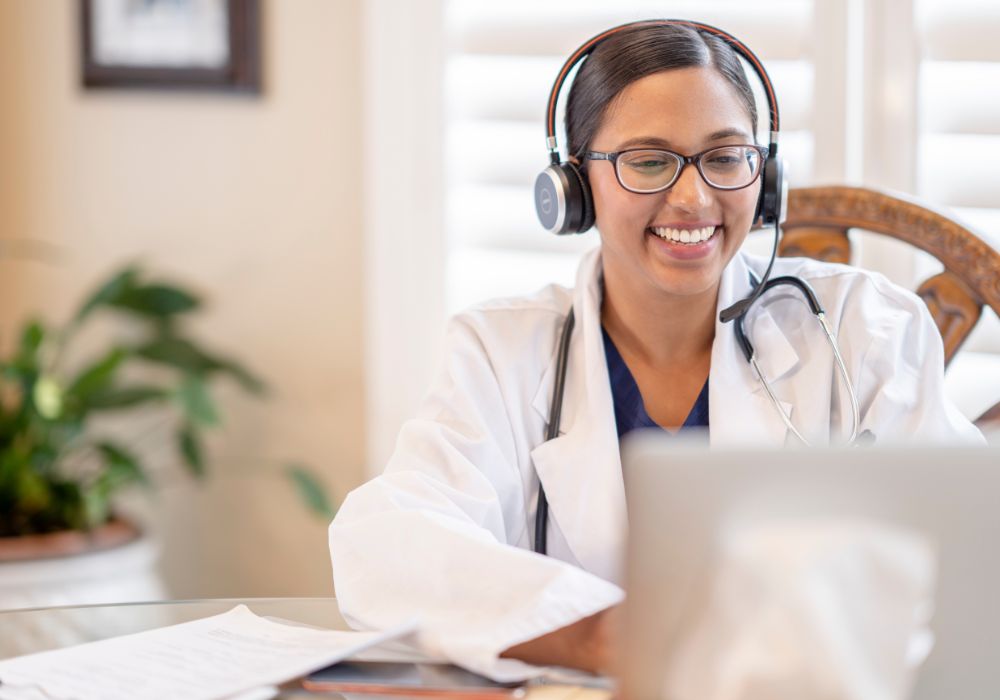In the years prior to the COVID pandemic, telemedicine was considered an outlier of healthcare delivery. It was reserved only for certain situations involving rural care. How things have changed since. Telemedicine is now at the forefront of tech-driven healthcare delivery thanks to COVID turning it from a luxury into a necessity.
Another result of the COVID pandemic is a surge of new research looking into the effectiveness of telemedicine as a replacement for some in-office visits. A growing body of evidence is gradually convincing more healthcare professionals that telemedicine is effective.
- Telemedicine for Spinal Patients
A study recently published in the Spine journal looked at whether telemedicine is effective as a tool for diagnosis and planning among spinal patients. The study was conducted by researchers at New York’s Hospital for Special Surgery. The researchers analyzed data collected on patients from April 2020 through April 2021. The patients were divided into four groups:
- Perioperative patients who received just a telemedicine visit
- Perioperative patients who received one telemedicine and one in-person visit
- Postoperative patients who received just a telemedicine visit
- Postoperative patients who received one telemedicine and one in-person visit.
Researchers found no statistical difference in patient outcome reporting among the two postoperative groups. That is to be expected, given that postoperative visits are follow-up visits designed to measure surgical outcomes. As for the perioperative groups, the findings were more significant.
- Consultations Prior to Surgery
Perioperative patients consult with their doctors prior to surgery for evaluation purposes. Patients are diagnosed prior to beginning discussions about treatment. Surgery may or may not be recommended.
For the New York study, researchers looked at the records of 166 patients. Approximately 61% visited with doctors via telemedicine prior to surgery. The remaining 39% consulted via telemedicine but then had a follow-up visit in-person prior to surgery. Comparing the two groups, the researchers determined the following:
- There was no difference in pre-surgery cancellation rates
- There was no difference in patient reported outcome measures
- There was no change in diagnosis for 94% of the patients who received an in-person follow-up visit
- There was no change in the surgical plan for 80% of the patients who received an in-person follow-up visit.
It should be noted that among the 10 patients whose surgical plans were modified following an in-person visit, 77% were offered modified plans after imaging revealed new findings.
- Traditional Visits Not Always Necessary
The New York study is but one study that shows traditional office visits are not always necessary for accurate healthcare delivery. A more broad study from the Mayo Clinic demonstrated that diagnostic accuracy among mental health professionals utilizing telemedicine is about 96%. On average, across all specialties, telemedicine diagnostic accuracy is about 87%.
What the data continues to show with each successive study is that modern telemedicine solutions are more than capable of getting the job done for some types of healthcare delivery. Of course, giving clinicians access to more diagnostic tools enhances telemedicine’s capabilities. CSI Health, a company that builds telemedicine kiosks and mobile units, explains that today’s kiosks can be fitted with a full range of diagnostic tools capable of generating real-time data clinicians can see during video visits.
It is clear that telemedicine is not appropriate to every type of healthcare delivery. An ER doctor cannot set a broken bone via video screen. An ENT usually cannot accurately diagnose without a physical exam. But where in-office visits are not necessary, telemedicine gets the job done. Despite the naysayers, a growing body of evidence proves that telemedicine deserves a place at the healthcare delivery table.
